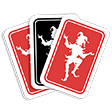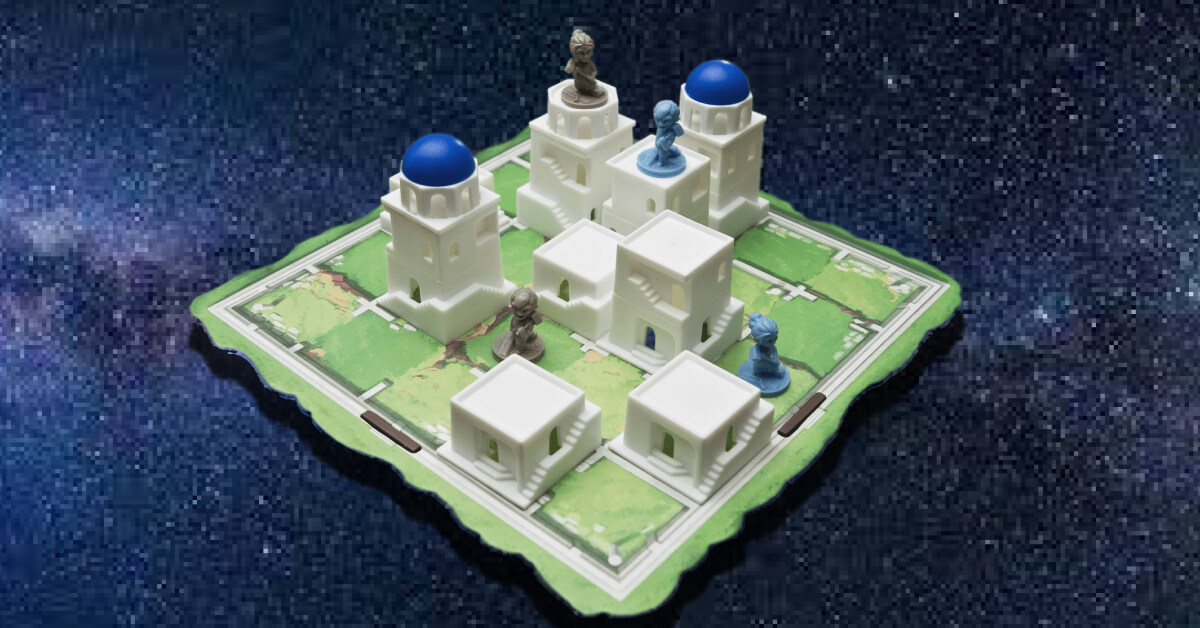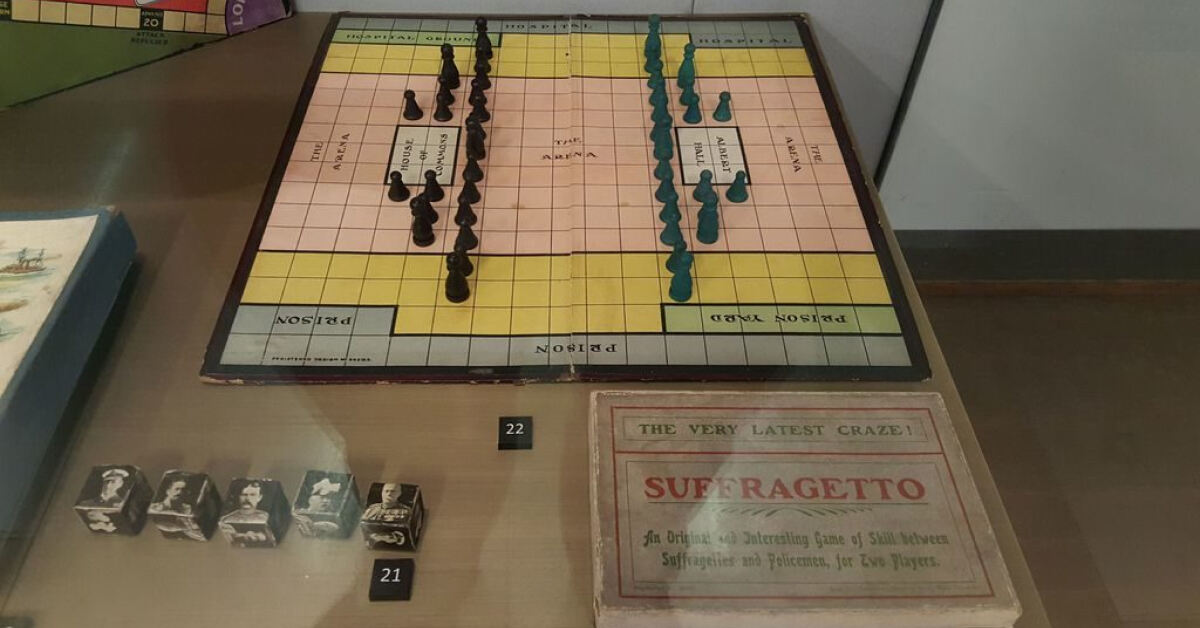Santorini, the picturesque Aegean island, is not only famous for its stunning landscapes but also the inspiration for the popular board game, Santorini. Designed by Dr. Gordon Hamilton, this strategy game invites players to immerse themselves in the island’s beauty while engaging in a highly competitive battle of wits and strategy. In this comprehensive guide, we will explore the Santorini Board Game, including its instructions, rules, and activity guide, to help you embark on an exciting journey into the world of ancient Greek architecture and mythology.
Setting Up the Game
To start your Santorini adventure, you’ll need the following components:
1. The Game Board:
The game board represents the island of Santorini and is made up of a grid of 5×5 squares.
2. Building Pieces:
These are the buildings and domes that players use to construct structures on the island.
3. God Cards:
God cards grant special abilities to each player and add depth and strategy to the game.
4. Worker Tokens:
Each player has two worker tokens, which are used to build structures on the board.
5. Reference Cards:
These cards provide a quick overview of the game’s rules and the powers of the different gods.
Now that you have everything ready, it’s time to set up the game:
- Place the game board in the center of the table.
- Shuffle the God Cards and deal one to each player. Players keep their God Cards secret.
- Each player places two worker tokens on the board, starting on any unoccupied squares.
- The player who last visited an island goes first. If no one has visited an island recently, the youngest player goes first.
Game Objective
The objective of Santorini is to be the first player to move one of their workers to the third level of a building. If you can accomplish this before your opponent does, you win the game!
Playing the Game
Santorini is played in turns, with each player taking one turn at a time. A player’s turn consists of two main phases:
- Move: In this phase, a player can move one of their workers to an adjacent square (horizontally, vertically, or diagonally). Workers can move up one level (to a building or dome), down any number of levels, or stay on the same level. Workers cannot move up more than one level in a single turn.
- Build: After moving, the player must then build a structure on an adjacent square. This structure can be either a building (represented by a white block) or a dome (represented by a blue block). Players can only build on a square adjacent to the worker they just moved.
During the game, players can use their God Card’s special ability if applicable. Some God Cards allow for unique moves or building options, adding a layer of strategy and variety to each game.
Also See: Gomoku Board Game Rules and Instructions for How to Play
Building Structures
To build structures, follow these basic rules:
- Buildings can be constructed up to three levels high.
- Domes can only be placed on the third level of a building.
- A building or dome cannot be placed on a square where another worker is present.
- A player cannot build a structure if they have already moved a worker during their turn.
Special Powers of God Cards
God Cards are a key element of Santorini that adds a strategic dimension to the game. Each God Card grants a unique ability to the player who possesses it. Some examples of God Card powers include the ability to move twice, build twice, move into opponent’s spaces, and much more. Players can use these powers strategically to outmaneuver their opponents and reach the winning condition.
Winning the Game
The game ends immediately when a player moves one of their workers onto the third level of a building, winning the game. If neither player accomplishes this by the end of the turn, the player who moved last during that turn wins. If both players moved simultaneously and no one wins, the game is a draw.
Variations and Advanced Rules
While the basic rules of Santorini provide an engaging and strategic experience, there are numerous variations and advanced rules that can be added to the game to keep it fresh and challenging:
1. Divine Challenge:
In this variant, players draft their God Cards, choosing from a selection of available cards. This adds an extra layer of strategy to the game as players select powers that complement their play style.
2. Golden Fleece Expansion:
The Golden Fleece expansion introduces the Golden Fleece and new heroes with unique abilities. This expansion offers even more depth and variety to your Santorini experience.
3. Team Play:
Santorini can be played in teams, with each team working together to win. Team play introduces coordination and cooperation into the game dynamics.
4. Multiple Gods:
In this variant, players are given multiple God Cards, and they can choose which one to use on their turn. This allows for a dynamic playstyle and strategic decision-making.
Conclusion
Santorini is a captivating board game that combines strategic depth with the beauty of ancient Greek architecture and mythology. Whether you’re a beginner looking to explore the basics or an experienced player seeking advanced strategies, this comprehensive guide to Santorini’s instructions, rules, and activities is your gateway to an enchanting gaming experience. So gather your friends and embark on a journey to the enchanting island of Santorini, where strategic brilliance reigns supreme, and victory awaits the craftiest player.




